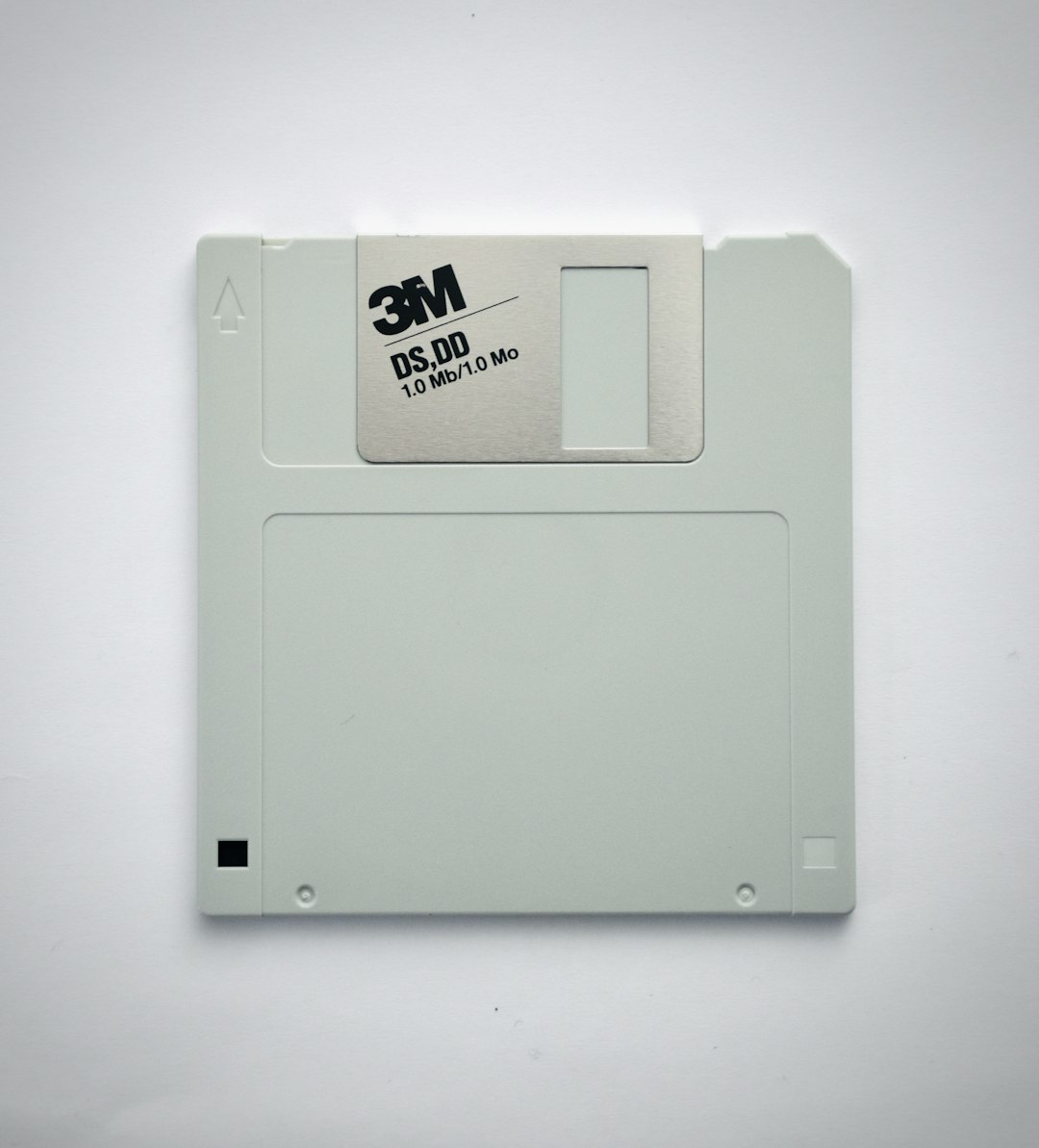If you’re a Mac user who has ever run into a mysterious notification reading “Error code -1309”, you’re not alone. While Apple devices are known for their stable performance, error codes like this occasionally pop up and can leave users scratching their heads. Whether you’re transferring files or backing up data, understanding what this error means is the first step towards resolving it.
So, what exactly is error code 1309 on a Mac? Quite simply, it is an error that typically occurs when attempting to move a file that exceeds certain limitations—usually from one volume or external drive to another. One of the most common culprits behind this issue is the use of older or incompatible file systems, particularly FAT32.
Understanding the Cause
To make sense of why error code 1309 occurs, it’s important to understand a little bit about file systems. A file system determines how data is stored and retrieved on a storage device. When transferring files across different systems or storage types, incompatibilities can arise.
The FAT32 file system, for example, has a maximum individual file size limit of 4GB. If you’re trying to transfer a large video or backup file that’s over that threshold, the system may throw back the 1309 error. MacOS itself doesn’t have this limitation, but when copying data to or from a FAT32-formatted drive, that restriction still applies.

Common Scenarios Where Error 1309 Appears
You might see the 1309 error in a range of scenarios, including:
- Copying large video or audio files to a USB stick or external hard drive.
- Backing up your Mac to a drive formatted in FAT32.
- Moving files between your Mac and a Windows machine using a USB drive.
In these situations, the issue is not with the MacOS itself—but rather with the limitations of the file system being used on the destination media.
How to Fix Error Code 1309
Fortunately, resolving this error is straightforward once you identify the source of the problem. Here are some common solutions:
- Reformat the External Drive: If you’re frequently working with large files, consider reformatting your drive to a more modern file system that supports larger file sizes. For cross-compatibility between Mac and Windows, exFAT is a great option. If you’re only using the drive with Macs, go with Apple’s native APFS or Mac OS Extended.
- Split the File: If reformatting isn’t an option, you could use software to split the large file into smaller parts before transferring them individually to the FAT32 drive.
- Use Cloud Storage: Services like Dropbox, iCloud, or Google Drive can allow you to transfer large files without worrying about file system limitations.
When reformatting a drive, be cautious—this will erase all its data. Be sure to back everything up before proceeding.
Preventing It in the Future
To avoid running into error code 1309 again, here are a few tips:
- Always format new drives based on your needs: Think about the type of files you’ll store and across which systems you’ll be using the drive.
- Keep your macOS and third-party software updated: Updates can include improved error handling and support for newer file systems.
- Consider your storage strategy: With affordable cloud storage options available, you might avoid dependency on physical drives altogether for large file transfers.

Conclusion
Error code 1309 might seem cryptic at first, but it’s usually just a limitation of the old FAT32 file system. Understanding what triggers this error can save you time and stress, especially when dealing with important files. Whether you decide to reformat your drive or move to cloud solutions, plenty of options exist to ensure smooth file transfers on your Mac.
So the next time you bump into this error, don’t panic. A quick fix is likely just a few clicks away, giving you more time to focus on being productive with your Mac rather than wrestling with it.
